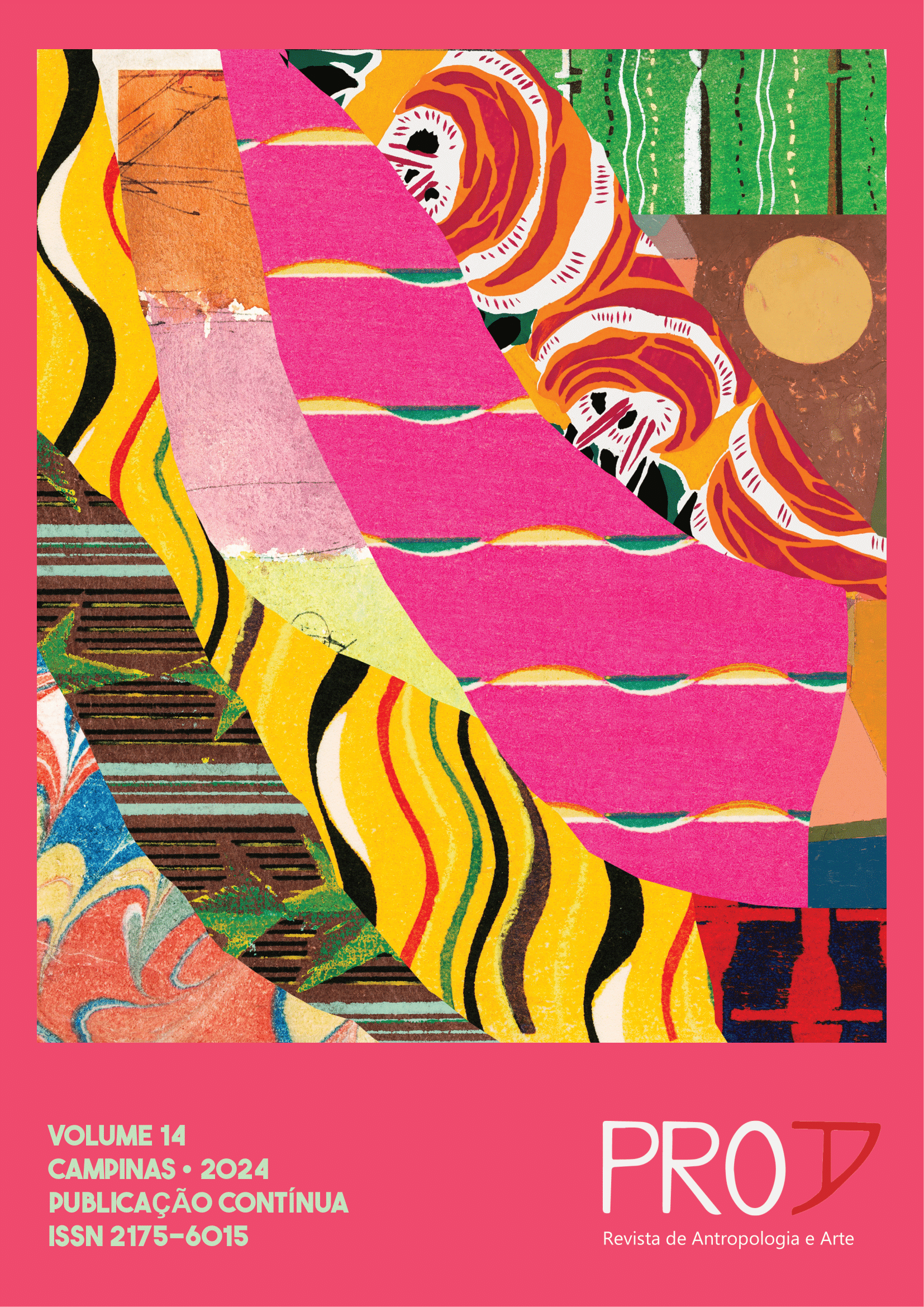Resumen
En 2005, la ceremonia del kankurang y los ritos de iniciación mandinga fueron proclamados Obras Maestras del Patrimonio Oral e Inmaterial por la Unesco. El objetivo de este artículo es analizar cómo la patrimonialización de la ceremonia ha conducido progresivamente a su mercantilización. Este artículo, que rechaza la idea de una cultura "original", se inscribe en las reflexiones actuales sobre la mercantilización del patrimonio, según las cuales cultura y mercancía no se oponen, sino que, por el contrario, se constituyen mutuamente. Desde este punto de vista, se considera que la objetivación del patrimonio, lejos de obstaculizar el cambio cultural, participa plenamente en él. Centrándose en cómo se objetiva la ceremonia desde la perspectiva de los espectadores, el artículo muestra que los participantes en la ceremonia han adoptado otro régimen visual para conseguir que se reconozca su arte. Este estudio de caso pretende cuestionar las lecturas excesivamente pesimistas de la mercantilización, que asumen que toda transformación cultural sólo puede conducir a la pérdida.
Citas
APTER, Andrew. The Pan-African Nation: oil and the spectacle of culture in Nigeria. Londres: Chicago University Press, 2005.
BARBER, Karin. Preliminary notes on audiences in Africa. Africa, v.3, n.67, p. 347-362, 1997.
BAUDRILLARD, Jean. Simulacres et Simulations. Paris: Galilée, 1981.
BENJAMIN, Walter. L’Œuvre d’art à l’heure de sa reproductibilité technique. Paris: Allia, 2003.
BOYM, Svetlana. The future of nostalgia. New York: Basic Books, 2001.
CLIFFORD, James. Malaise dans la culture. L’ethnographie, la littérature et l’art au XXe siècle. Paris: École Nationale Supérieure des Beaux-arts, 1996.
COMAROFF, John L.; COMAROFF, Jean. Ethinicity, Inc. Chicago/Londres: University of Chicago Press, 2009.
COOMBES, Annie E. Reinventing Africa: Museums, Material Culture and Popular Imagination. New Haven e Londres: Harvard University Press, 1994.
DE JONG, Ferdinand. Trajectories of a mask performance: The case of the Senegalese Kumpo. Cahiers d’études africaines, n.153, p. 49-71, 1999.
DE JONG, Ferdinand. Masquerades of Modernity: power and secrecy in Casamance, Senegal. Edimburgh: Edinburgh University Press for the International African Institute, 2007.
DE JONG, Ferdinand; ROWLANDS, Michael (ed.). Reclaiming Heritage: alternative imaginaries of memory in West Africa. Walnut Creek: Left Coast Press, 2007.
DOUTREMÉPUICH, Émile. Visite à un “camp” de circoncis en Casamance. Les Missions catholiques, n.72, p. 474-477 ; 386-492.
EBRON, Paulla. Performing Africa. Princeton: Princeton University Press, 2002.
ETHNOLOGIA EUROPAEA. Culture and Property, v.2, n.39, 2009.
KIRSHENBLATT-GIMBLETT, Barbara. World heritage and cultural economies. In: KARP, Ivan et al. (org.). Museum Frictions: public cultures/global transformations. Durham: Duke University Press, 2006.
MARK, Peter. Art, ritual, and folklore: dance and cultural identity among the peoples of the Casamance. Cahiers d’études africaines, v.136, n.34, p. 563-584.
MURPHY, David. Culture, empire and the postcolony : from la Françafrique to le Festival Mondial des Arts Nègres (1996 e 2010). Francosphères, v.1, n.1, p. 19-33, 2012.
MYERS, Fred R. Ontologies of the image and economies of exchange. American Ethnologist, v. 31, p. 5-20, 2004.
PROBST, Peter. Osogbo and the Art of Heritage: monuments, deities, and money. Bloomington: University of Indiana Press, 2011.
ROWLANDS, Michael. Entangled memories and parallel heritages in Mali. In: DE JONG, Ferdinand e ROWLANDS, Michael. Reclaiming Heritage: alternative imaginaries of memory in West Africa. Walnut Creek: Left Coast Press, 2007.
SMITH, Laurajane; AKAGAWA, Natsuko (ed.). Intangible Heritage. Londres/New York: Routledge, 2009.
SPYER, Patricia. The Cassowary will (not) be photographed: The “primitive”, the “Japanese”, and the elusive “Sacred” (Aru, Southeast Moluccas). In: HENT DE VRIES; WEBER, Samuel (ed.). Religion and Media. Palo Alto: Standford University Press, 2001.
STOCZKOWSKI, Wiktor. Unesco’s doctrine of human diversity: A secular soteriology?. Anthropology Today, v. 3, n.25, p. 7-11, 2009.
TAUSSIG, Michael. Mimesis and Alterity: a particular history of the senses. Londres: Routledge, 1993.
UNESCOPRESS. The Samba of Roda and the Ramilia proclaimed masterpieces of the Oral and Intangible Heritage of Humanity. Comunicado de imprensa n. 2005-144. Paris: Unesco, 2005.
WEIL, Peter; SAHO, Bala. Masking for money: the commodification of Kankurang and Simba mask performances in urban Gambia. In: WOOTEN, Stephan (ed.). Wari Matters: Ethnographic Explorations of Money in the Mande World. Münster: Lit Verlag, 2005.

Esta obra está bajo una licencia internacional Creative Commons Atribución 4.0.
Derechos de autor 2024 Ferdinand de Jong; Sara Morais

